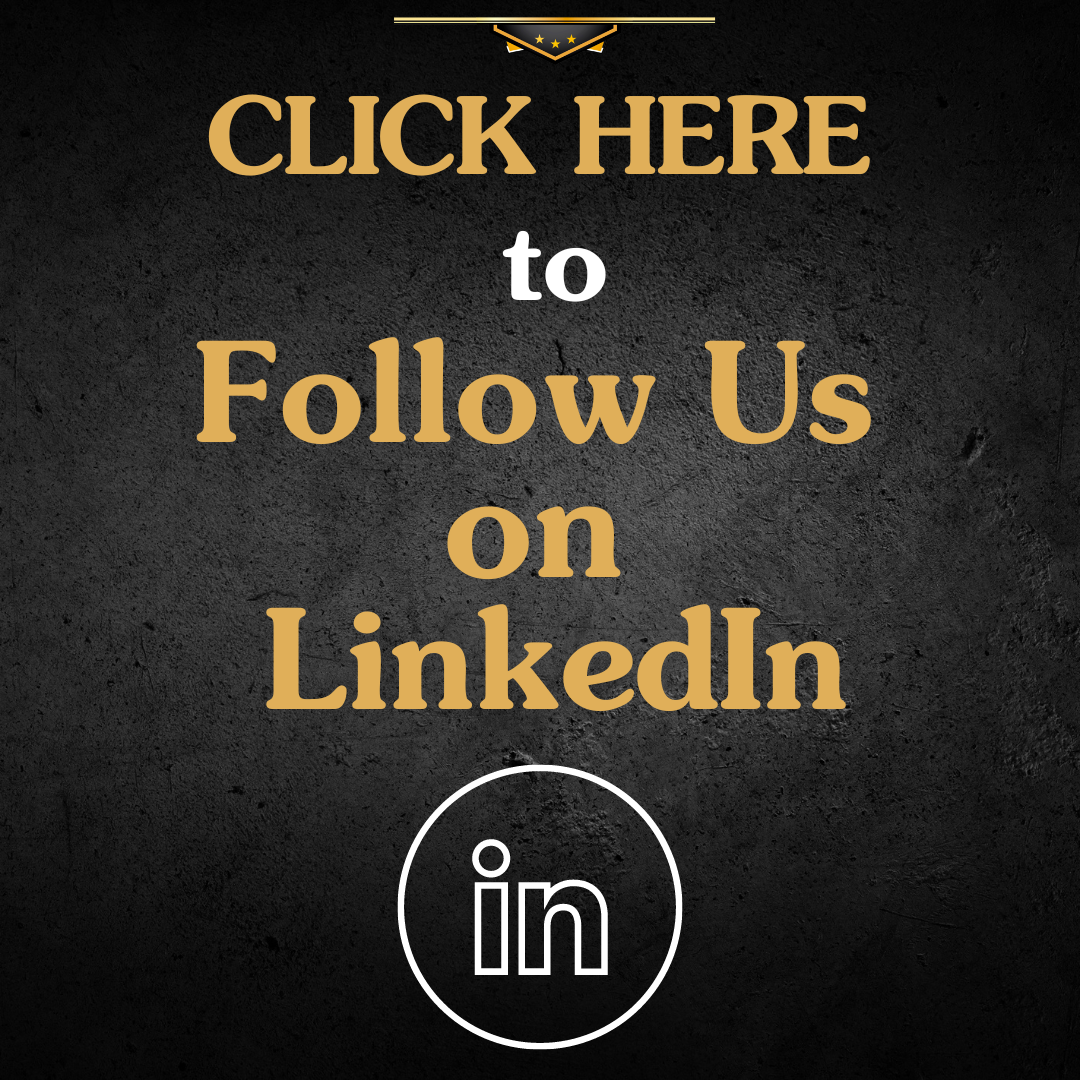How to Read Your Audience
Part of making an excellent speaking presentation is having the ability to read the audience correctly. You might look to see whether or not laughter followed when you told a joke, and whether or not follow-up questions were asked or did you receive a standing ovation? These examples are indicative of you being connected to your audience and maintaining that connection until the very end of your speaking engagement.
However, there will be times when your audience isn’t easy to read. They may sit with their arms folded, look away from you as you speak, be largely unresponsive, and they may not have any follow-up questions. While you may assume that you’re not connecting to this type of audience, that’s not necessarily the case.
This scenario happened to me over 30 years ago. An audience member sitting in the front row of a three-hour leadership seminar looked and acted totally bored and uninterested. As I was packing up my materials after completing the seminar, this same audience member came back into the room and asked if there was time to talk. Expecting the worst, I grabbed my notepad, ready for negative feedback that I could use constructively for my next engagement. To my surprise, he said, unsmiling still, that it was the best leadership conference he had ever attended. I was floored. He went on to explain that he doesn’t express himself outwardly, but during my presentation, he was filled with excitement. I thanked him and never forgot that an attendee may have a unique response to the content.
When you’re making a presentation, try not to assume what the audience is thinking and feeling about the talk. You may want your audience to laugh or clap or even maintain eye contact, but this will not always be the case, and you can’t let your delivery suffer as you assume the worst. During your next engagement, look for the following signs that you’re on track to encourage you as you complete your presentation.
Your audience is…
A. Laughing in the right places
B. Taking notes
C. Asking relevant questions
D. Smiling
E. Nodding head up and down
F. Clapping
G. Maintaining eye contact
There are clear signals that your audience isn’t connecting.
Your audience is…
A. Not laughing at something funny
B. Folding their arms across their chest
C. Frowning
D. Not maintaining eye contact
E. Getting up and leaving
These examples seem to illustrate your speech is bombing—right? Not necessarily so!
They may not be laughing because they didn’t get it, or what you said prior to it was so profound they are still thinking about it and didn’t even hear your “joke” or humorous aside.
Their arms may be folded because they’re cold, or it is just more comfortable that way. Remember, not everyone smiles, and some are likely unaware of their facial expressions. They may not look at you because they’re taking notes or thinking about what you just said.
They may get up and leave because they have to catch a plane, go to another meeting, have another commitment, or need to go to the restroom.
As you can see, you don’t always know, so don’t assume! And the only way to truly know whether or not your audience was engaged is to ask them directly using a written evaluation form like the one I have been using for decades.
If you find this evaluation tool helpful, you can discover many more like this when you enroll in my Ultimate Speaking System. I share another one here that will allow you to critique your talk with the help of your audience. Now go out and MAKE it a great day!



